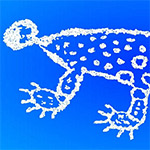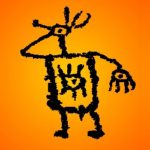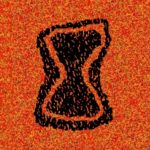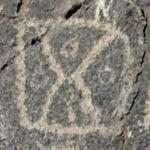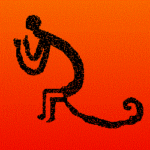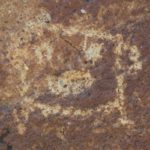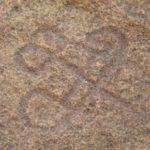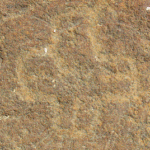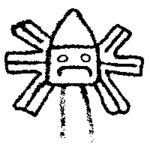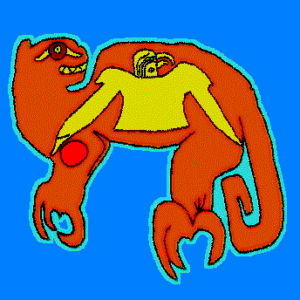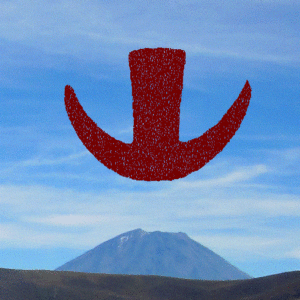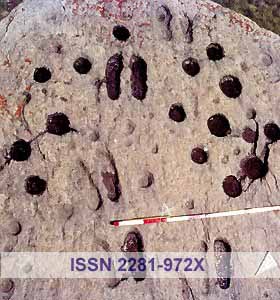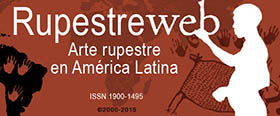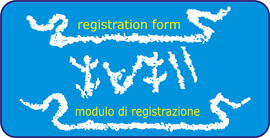 This paper presents the fifth case in my series of articles in which I discuss a selection of petroglyph boulders at Alto de Pitis, in the Majes Valley of southern Peru. It especially discusses a controversial petroglyph of an anthropomorph that has been interpreted in two most different ways. One rendering of the figure is questioned in this study (updated September 2023).
This paper presents the fifth case in my series of articles in which I discuss a selection of petroglyph boulders at Alto de Pitis, in the Majes Valley of southern Peru. It especially discusses a controversial petroglyph of an anthropomorph that has been interpreted in two most different ways. One rendering of the figure is questioned in this study (updated September 2023).
By Maarten van Hoek
